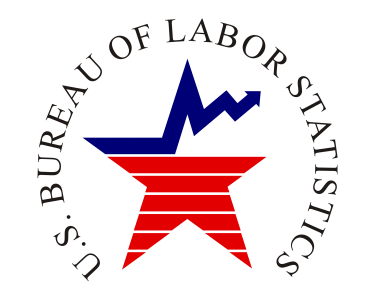St. Paul – Minnesota’s union membership rate held steady at 14.2 percent of the workforce in 2015 with 363,000 working Minnesotans belonging to a union. The Bureau of Labor Statistics’ (BLS) annual survey of union membership also showed the national rate holding steady at 11.1 percent.
While membership rates slightly increased in North & South Dakota and slightly decreased in Iowa, union membership in Wisconsin plummeted from 11.7 to 8.3 percent.
“It shouldn’t surprise anyone that Minnesota has both a higher unionization rate, higher median income, and a better workplace safety record than any of our neighbors,” said Minnesota AFL-CIO President Bill McCarthy. “Higher union density means a higher standard of living for all working people.”
The union difference is clear. Working people in unions earn higher wages, have a more secure retirement, and high quality affordable healthcare. Additionally, unions significantly reduce wage inequalities. Women represented by unions, earn an average of $212 more per week than non-union women. Working people of color particularly benefit from union representation. Hispanic and black workers earn 23.1 percent and 17.3 percent more respectively when they are represented by a union.
The BLS data was released the same day that Gallup ranked Minnesota with the highest job creation index in the nation.
“As we continue to lead the nation in job creation, Minnesota’s Labor movement is committed to ensuring these new jobs are family-sustaining jobs,” McCarthy added.

